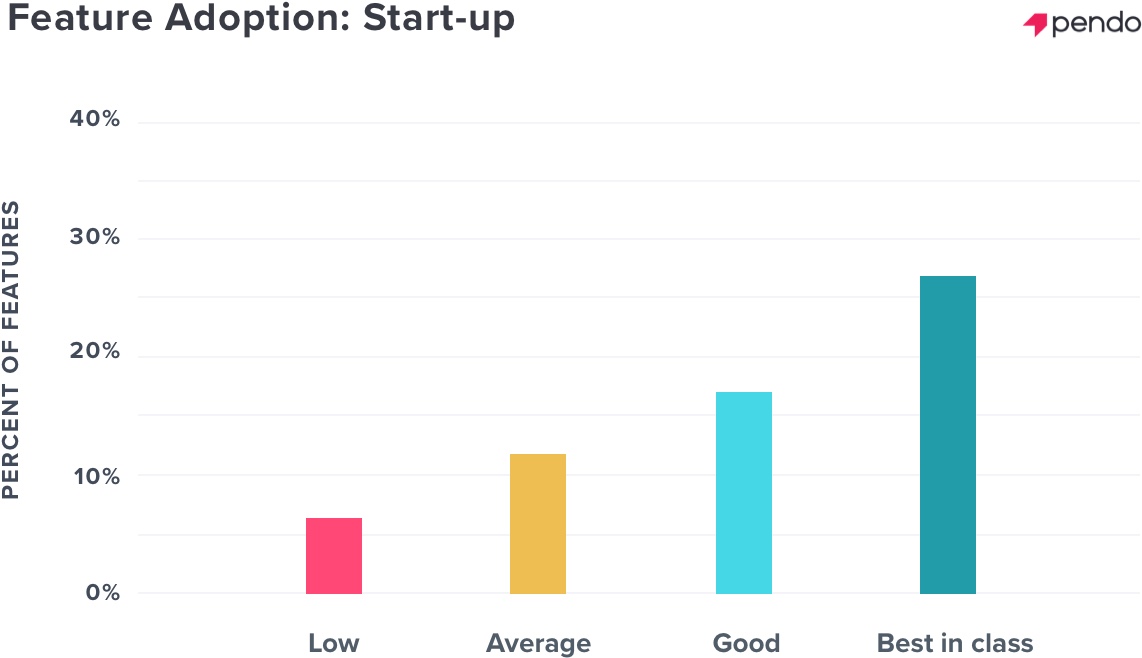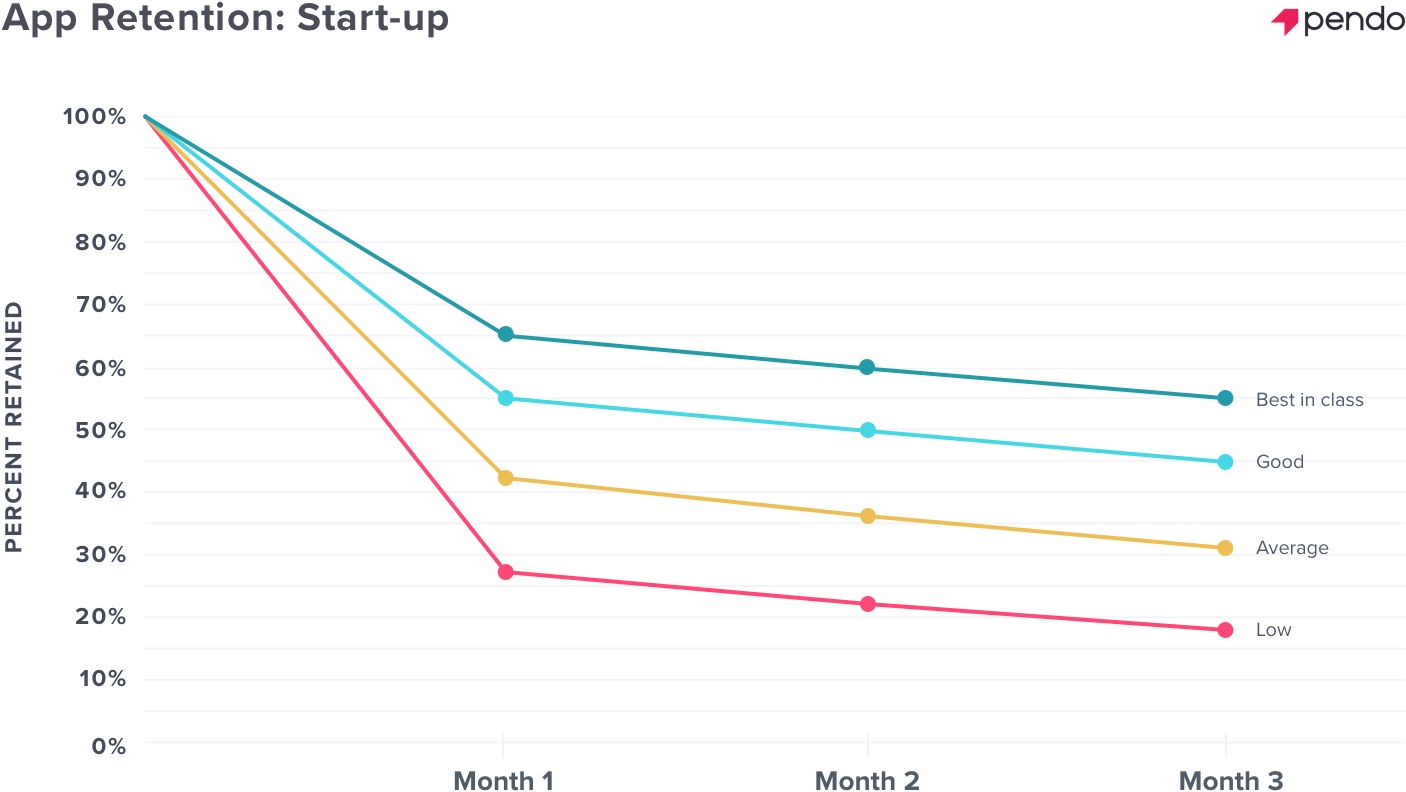Beware the startup: Why enterprises need to benchmark their products against newer competitors
There tends to be a notion that companies that have been around longer are naturally more secure and stable than emerging startups — their boat can’t be rocked (or rather, their boat is better suited for handling rocky waters). For well-established software companies, this could mean they’re less worried about retention, or don’t think they need to be concerned with product usage the way that startups do.
But, according to a recent study, at the current churn rate, about half of the companies on the S&P 500 will be replaced over the next ten years. The reason? A perfect storm of increased private equity activity, a strong market for mergers and acquisitions, and the massive explosion of startups.
Out with the old, in with the new?
One can quickly recognize the more obvious “replacements,” where a shiny new company (or companies) challenges those that have existed for decades. Uber set out to take the place of taxis, Amazon continues to go after brick-and-mortar stores, and Airbnb transformed the hospitality industry. But even the sectors that seem more resistant to disruption — like finance and healthcare — are being infiltrated by budding startups.
Take, for example, Capsule, an app-based pharmacy in New York City that delivers same-day medicine to customers throughout the city’s five boroughs. There’s a drugstore on nearly every New York block, and yet, people are turning to ordering prescriptions through an app. In addition to sheer convenience, Capsule founder Eric Kinariwala said their differentiator is the value they can build around the pharmacy experience.
In most drugstore pharmacies, there’s not always a place for customers to have private conversations with pharmacists. With Capsule, patients can get any sensitive questions answered by chatting with a professional directly in the app. As Mr. Kinariwala put it, “in every industry, people that don’t serve the customer don’t deserve to exist.”
This obsession with the customer experience has translated into B2B software products as well. Employees expect the software they use for work to be just as seamless, visually pleasing, and easy to use as the apps they rely on in their personal lives — and companies are starting to realize that.
But as more and more startups encroach into spaces traditionally dominated by long-standing organizations, the more established companies persist — often with more resources, more customers, and possibly more (and more advanced) products. Which leaves us wondering: should startups and enterprises measure success differently?
It’s all relative
In order to give product managers the ability to measure their product’s relative performance — something organizations like marketing and sales have been able to do for ages — Pendo established product performance benchmarks for five key KPIs.
The benchmarks shed some light on what “high performing” means for startups, companies in growth mode, and more traditional enterprises. And although it’s easy to think the more tenured the company, the better the performance — the numbers told a different story.
For two of the metrics — stickiness and feature adoption — the benchmarks were nearly identical for start-up (0-200 employees), scale-up (201-2,500 employees), and enterprise (2,501+ employees) companies alike. In fact, across all three segments, each benchmark for feature adoption was within two percentage points of its counterparts in the other two segments.

Things get even more interesting when you take a look at a third metric, app retention (i.e. “are users continuing to use my product?”).

As it turns out, the start-up segment had the highest app retention rates for all but one of the benchmarks (best in class performance in the first month). Take this, coupled with the fact that newer, shinier versions of traditional companies are popping up all the time, and it becomes clear that the competitive landscape is changing. In other words, enterprises: don’t write off startups when considering who your competitors are.
Do you know how your product is measuring up? Make sure you check out the product performance benchmarks here.
